My favourite painting: Lady Caroline Percy
The designer and art consultant Lady Caroline Percy chooses a vision of Ancient Rome by Turner.
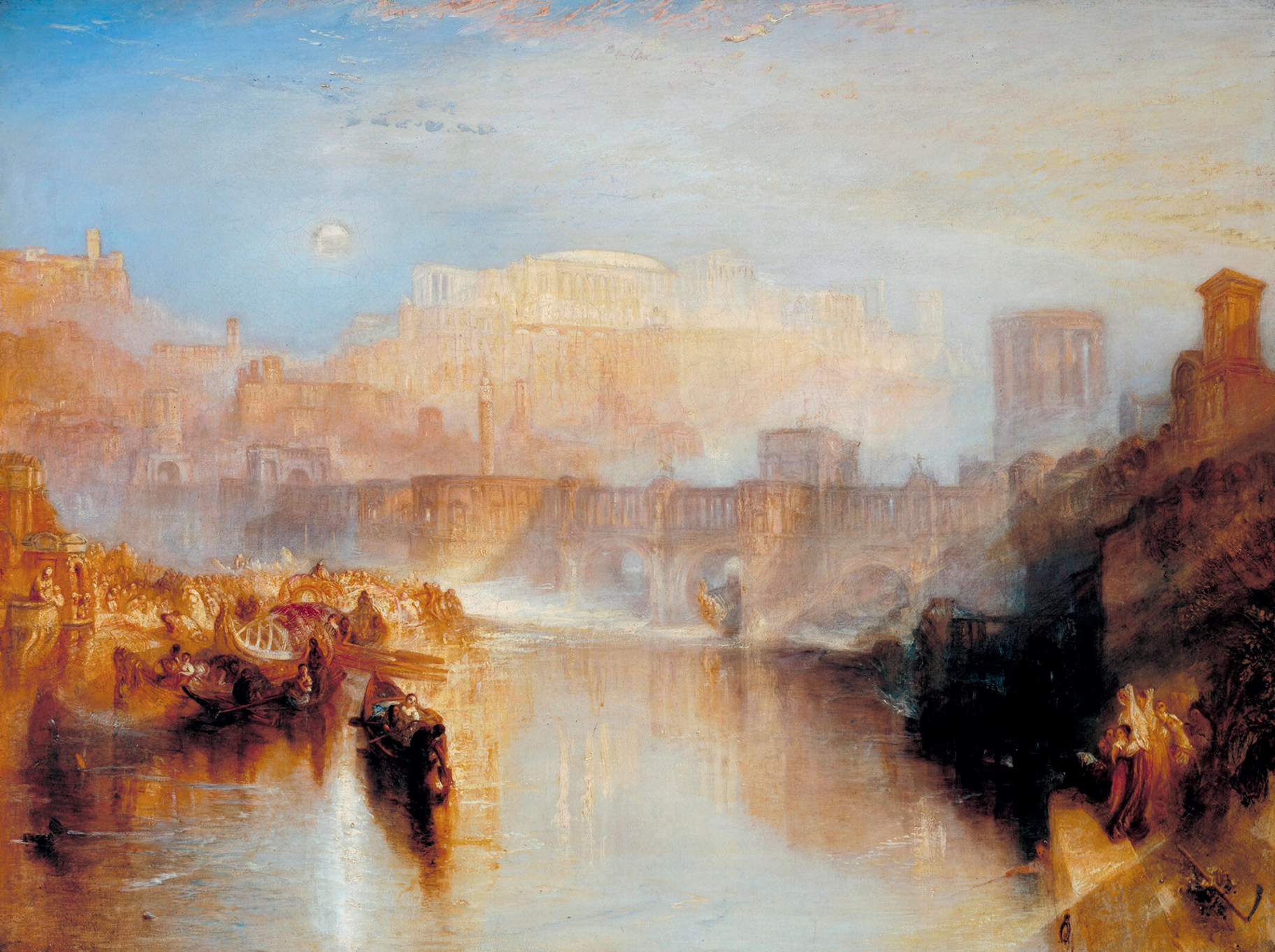

Lady Caroline Percy chooses Ancient Rome: Agrippina Landing with the Ashes of Germanicus by J.M.W. Turner
‘A number of Turner paintings fall into my favourites category. The particular appeal of this one is that it depicts a moment in antiquity that has always intrigued me. Germanicus, heroic general and proconsul of Gaul, was closely related to two infamous and degenerate emperors, his son Caligula and grandson Nero.
‘I enjoy Turner’s vision of the story and impressionistic treatment of light, washing a golden veil over the Roman architecture and shimmering reflections on the water of the Tiber. Agrippina’s boat glides into harbour with her husband’s ashes at the end of the long journey from Antioch, where he perished.’
Lady Caroline Percy is an interior designer and consultant in fine art and antiques, founder of Hotspur Design and co-founder of Historic Decoration.
Charlotte Mullins comments on Ancient Rome
This late painting by J. M. W. Turner was exhibited at the Royal Academy of Arts, London, in 1839, as one of a pair. Its companion, Modern Rome: Campo Vaccino, depicts the ruins of ancient Rome with goats picking their way between remaining columns. By contrast, this painting shows ancient Rome alive, imagined as a mirage of spectacular buildings and bridges that glow and pulse at this liminal time, as the sun sets and a full moon rises.
Nominally, the painting shows the widow Agrippina being rowed to shore across the Tiber, holding the ashes of her poisoned husband, Germanicus — a Roman general — in an urn. This was a favourite subject of history painters: Nicolas Poussin captured the moment of death; Peter Paul Rubens conjured a double profile ‘portrait’ of Germanicus and his wife; Benjamin West depicted Agrippina landing in Brundisium (now Brindisi) in Puglia. West had the story right, whereas Turner either applied artistic licence or was misinformed because, in AD19, Agrippina conveyed the ashes from Antioch back to Italy, landing on the east coast and not in Rome.
This was Turner’s second pairing of modern and ancient Italy. With their hazes of light and indistinct details, many critics didn’t understand them. Blackwell’s Magazine described them as ‘washy-flashy splashes of reds, blues and whites that, in their distraction, represent nothing in heaven or earth’. Today, the paintings are seen as ethereal examples of Turner’s late work that reflect on the passing of time and the rise and fall of empires.
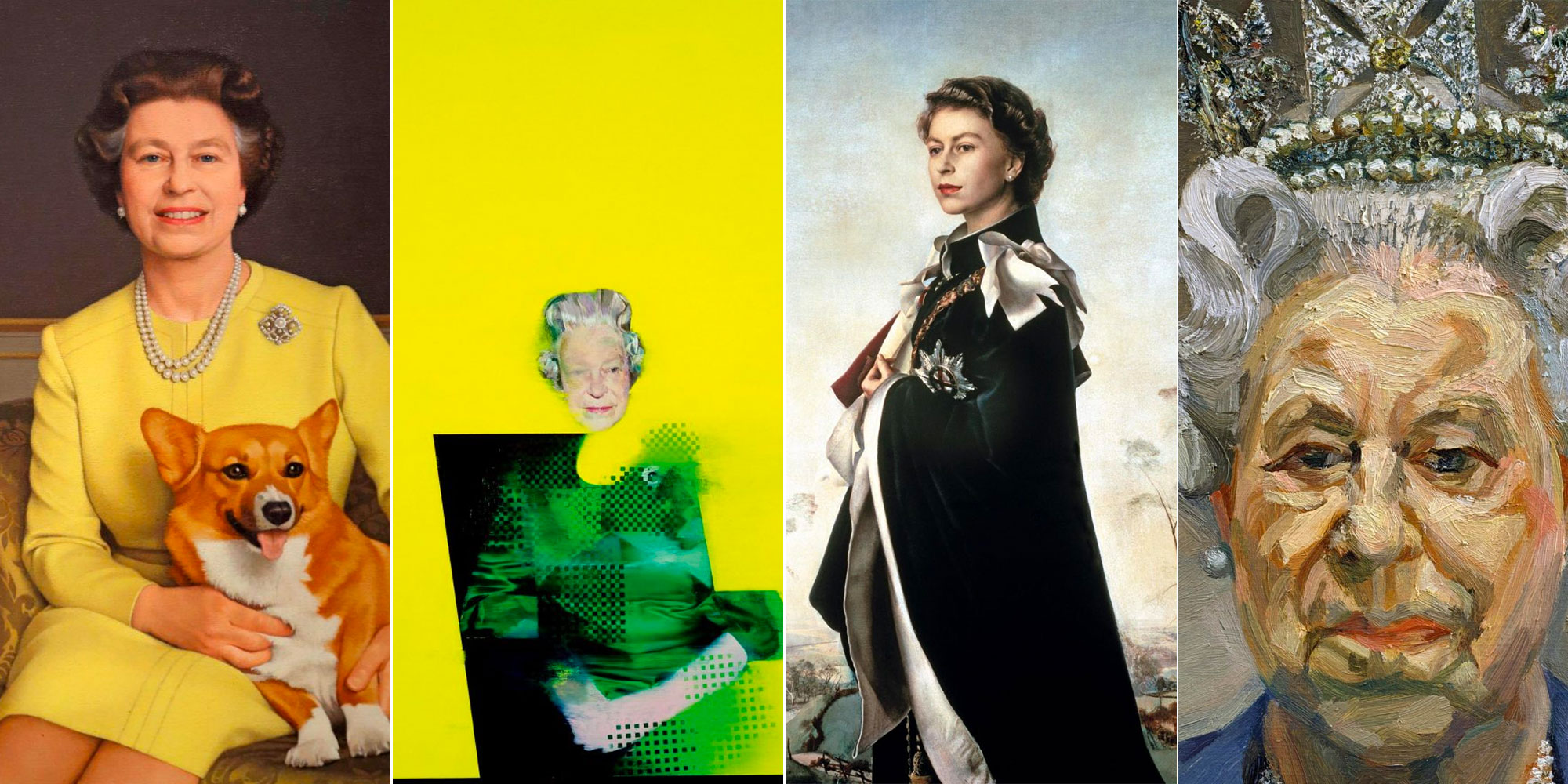
The Queen's official portraits: Seven of the most extraordinary paintings from 70 years and over 1,000 sittings
Her Majesty Queen Elizabeth II has been painted literally thousands of times since she came to the throne. Charlotte Mullins
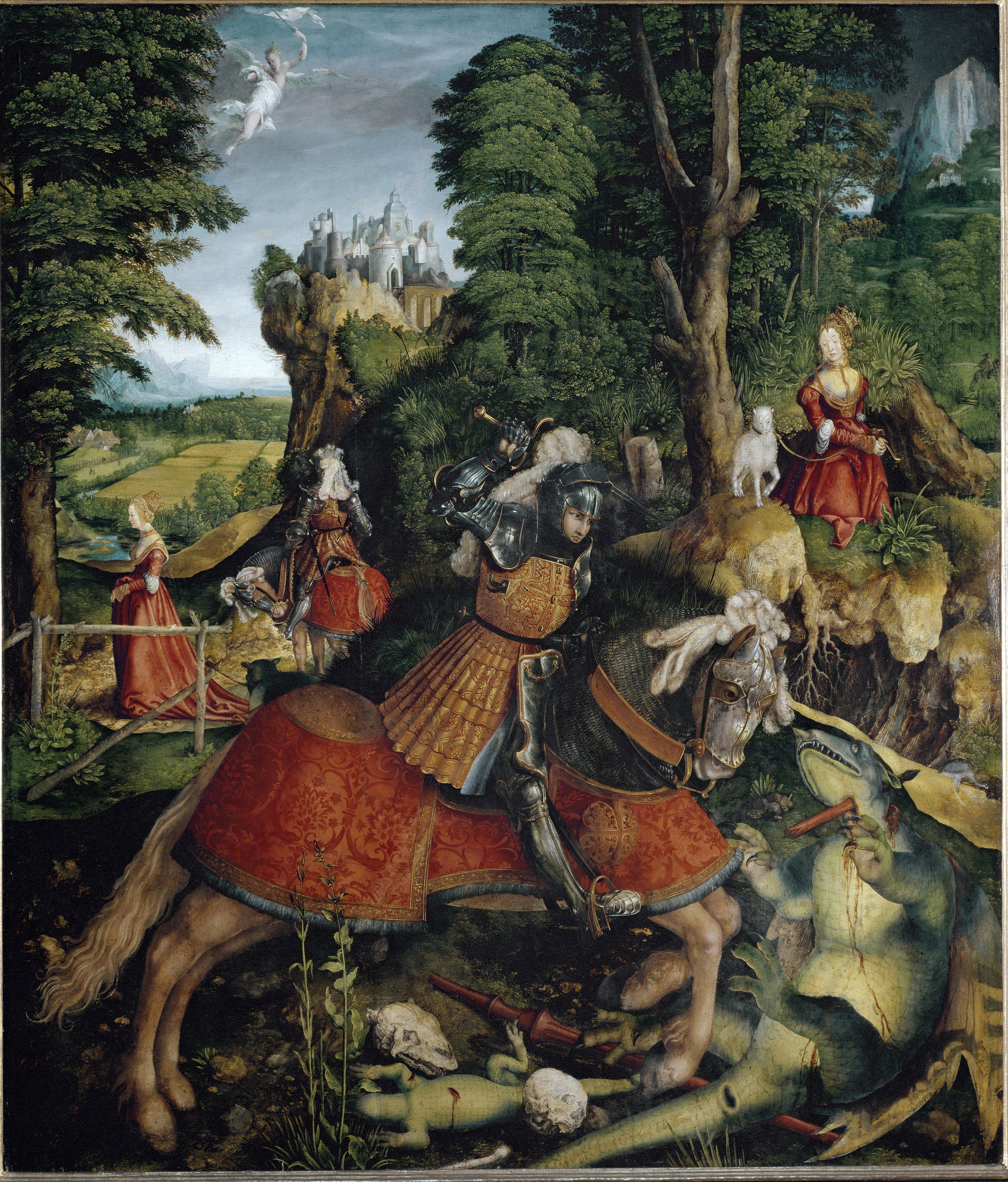
My favourite painting: Tug Rice
New York based artist Tug Rice chooses St George and the Dragon by Leonhard Beck.
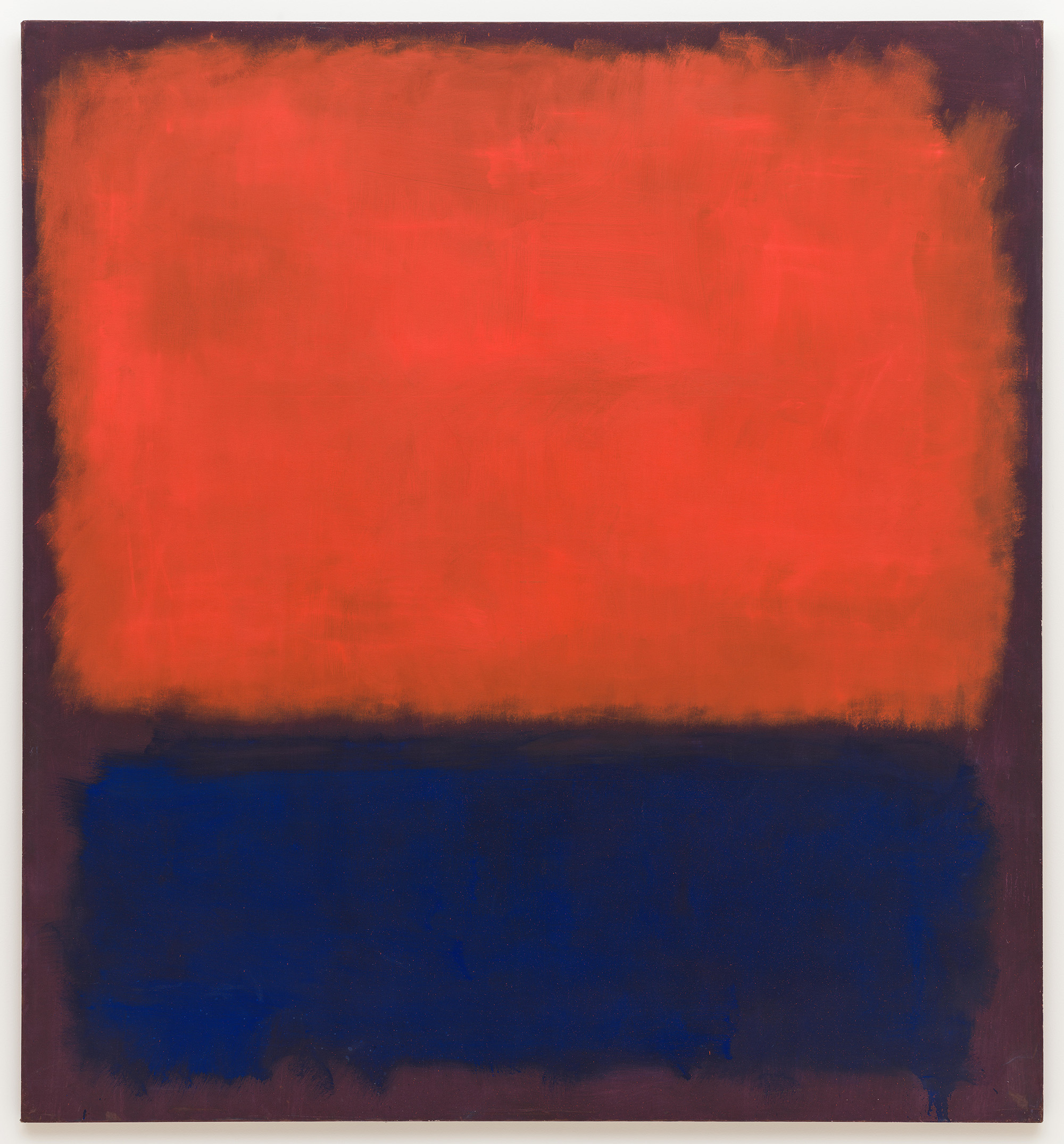
My Favourite Painting: Marie Soliman
Interior designer Marie Soliman chooses an unforgettable image by Mark Rothko, one of the most distinctive modern artists of the
Sign up for the Country Life Newsletter
Exquisite houses, the beauty of Nature, and how to get the most from your life, straight to your inbox.

My Favourite Painting: Ameer Kotecha
Food writer Ameer Kotecha chooses a picture whose creator clearly loves food as much as the rest of us.
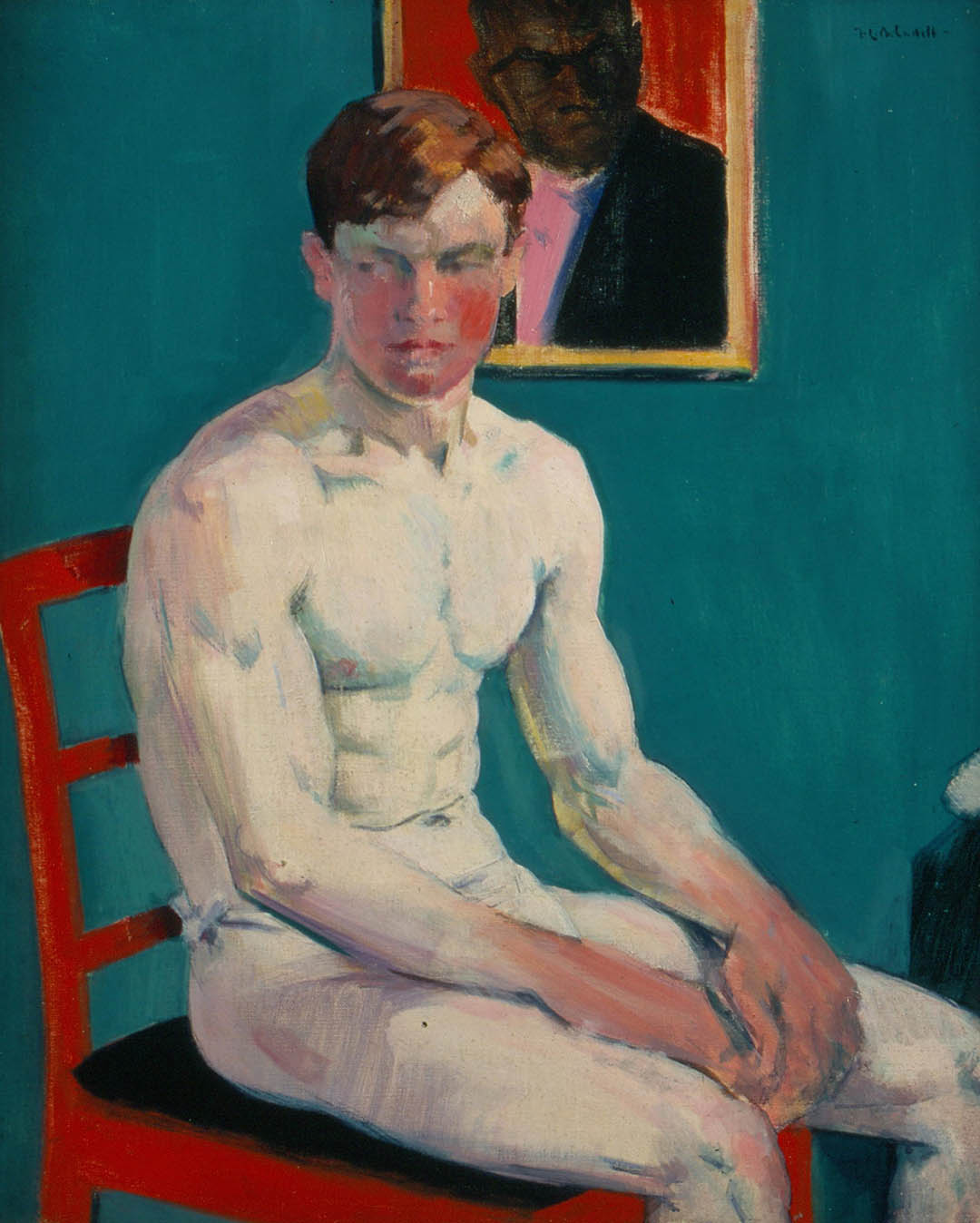
My Favourite Painting: Luke Edward Hall
Designer and writer Luke Edward Hall chooses an image painted by a charismatic dandy known as ‘Bunty’.
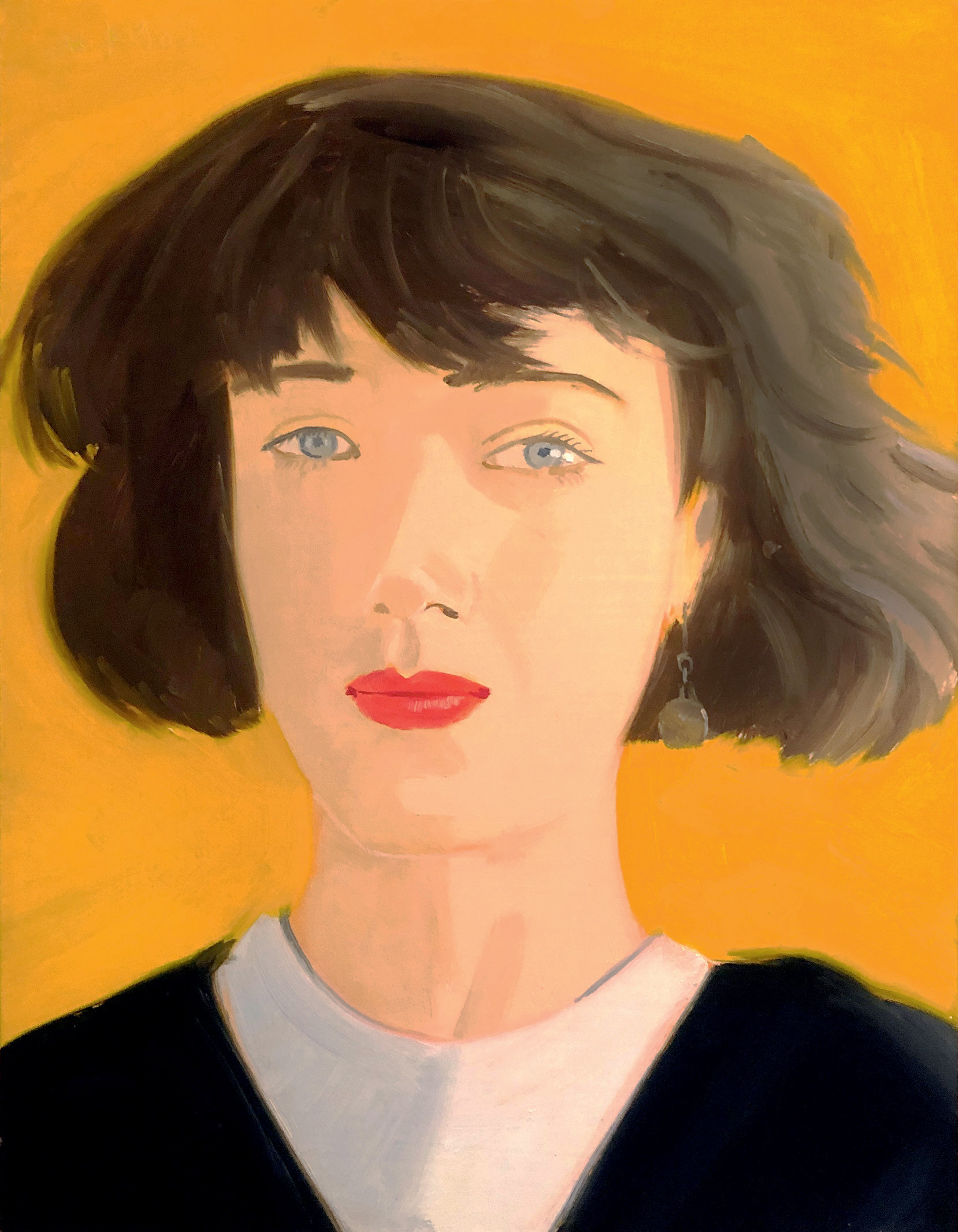
My Favourite Painting: Nick Ashley
Nick Ashley chooses Samantha by Alex Katz, an artist who made his name in New York's art scene of the
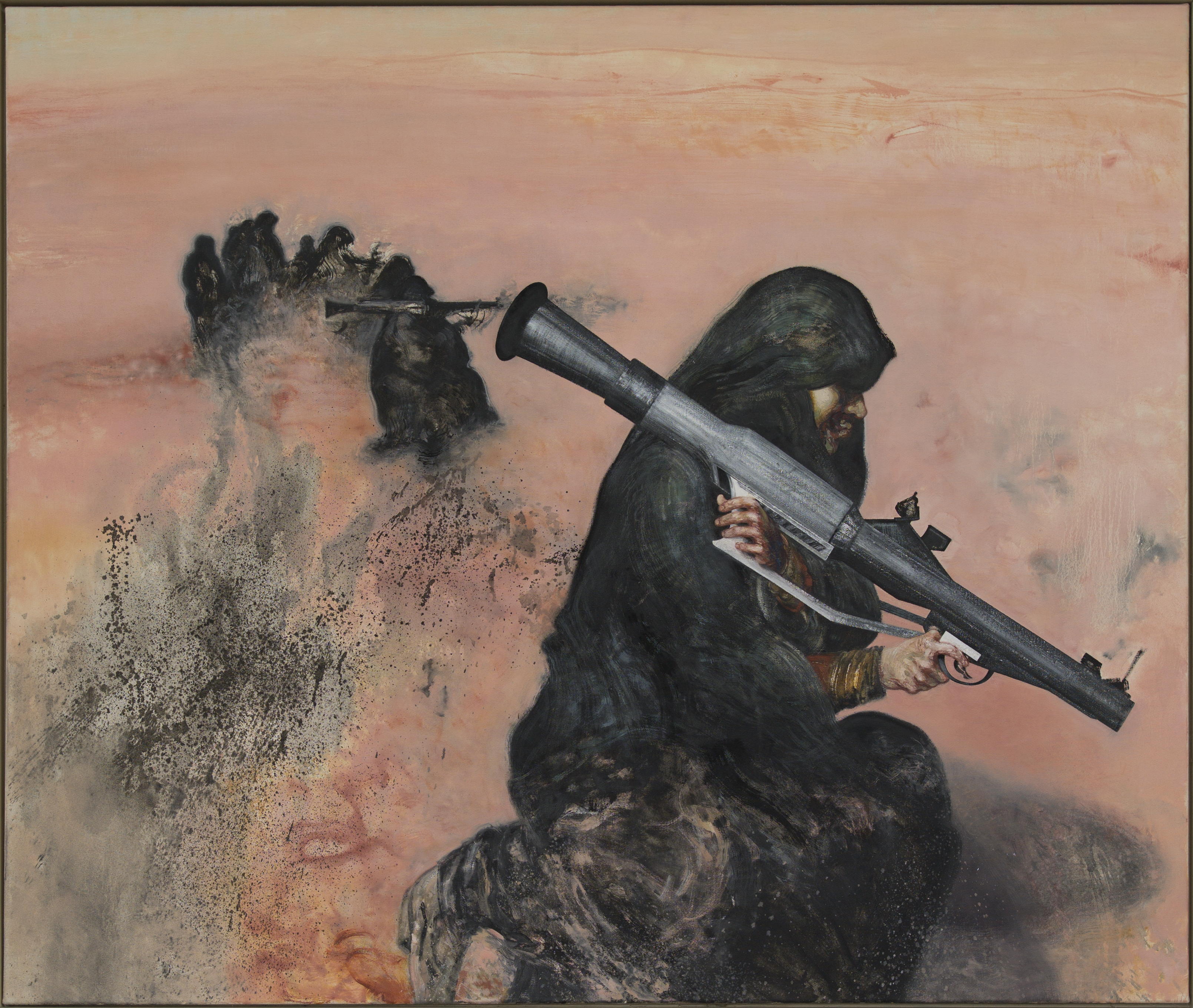
My favourite painting: Dr Kate Pretty
Dr Kate Pretty, founder of the Young Archaeologists' Club and former principal of Homerton College, Cambridge, chooses Gulf Women Prepare

My Favourite Painting: Rachel Trevor-Morgan
The Queen's milliner Rachel Trevor-Morgan picks Lady Agnew of Lochnaw by John Singer Sargent.
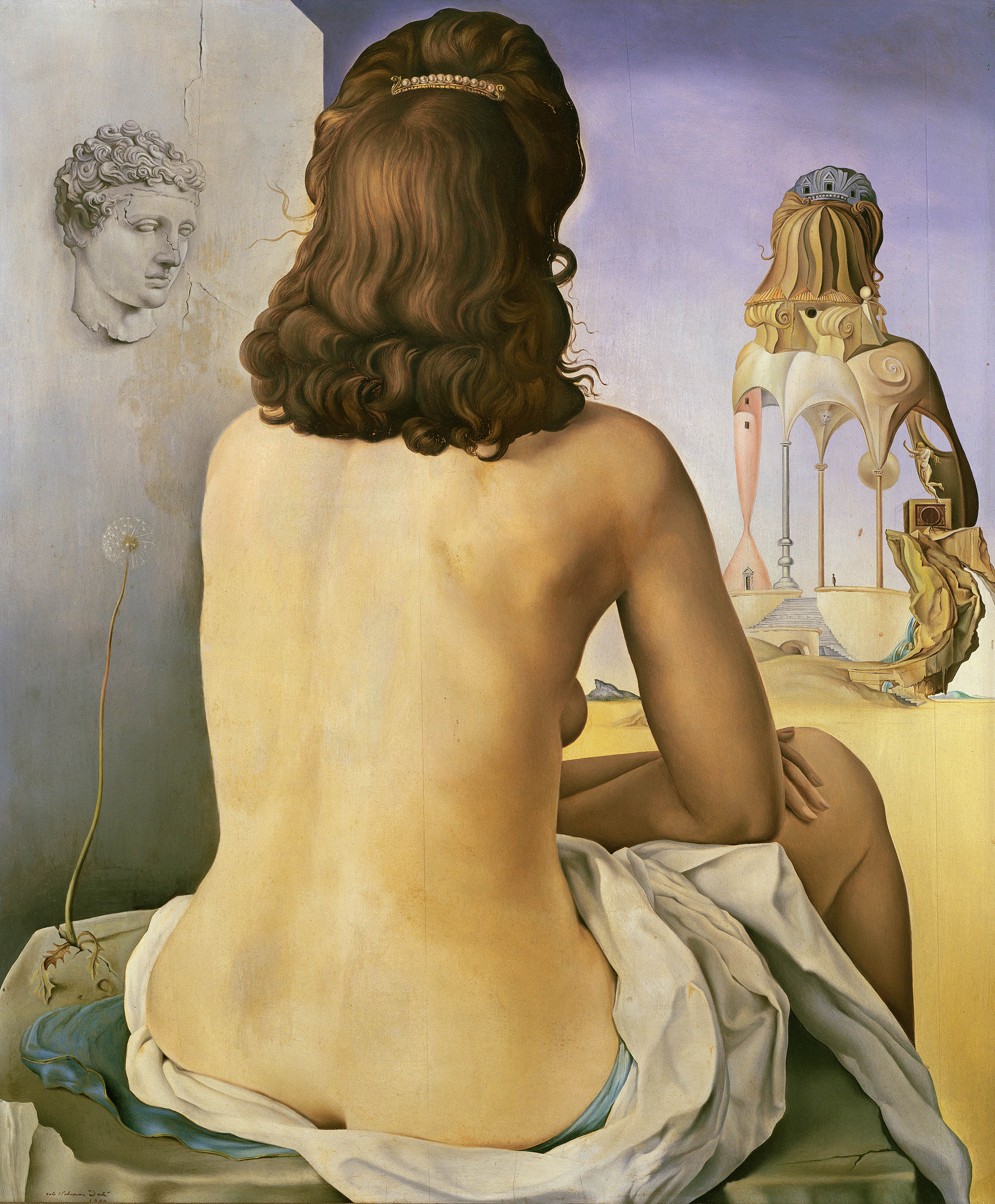
My Favourite Painting: Jean-Louis Sebagh
‘I love the beauty of the woman’s back; her elegant, naturally confident pose; and the fact that she is serenely
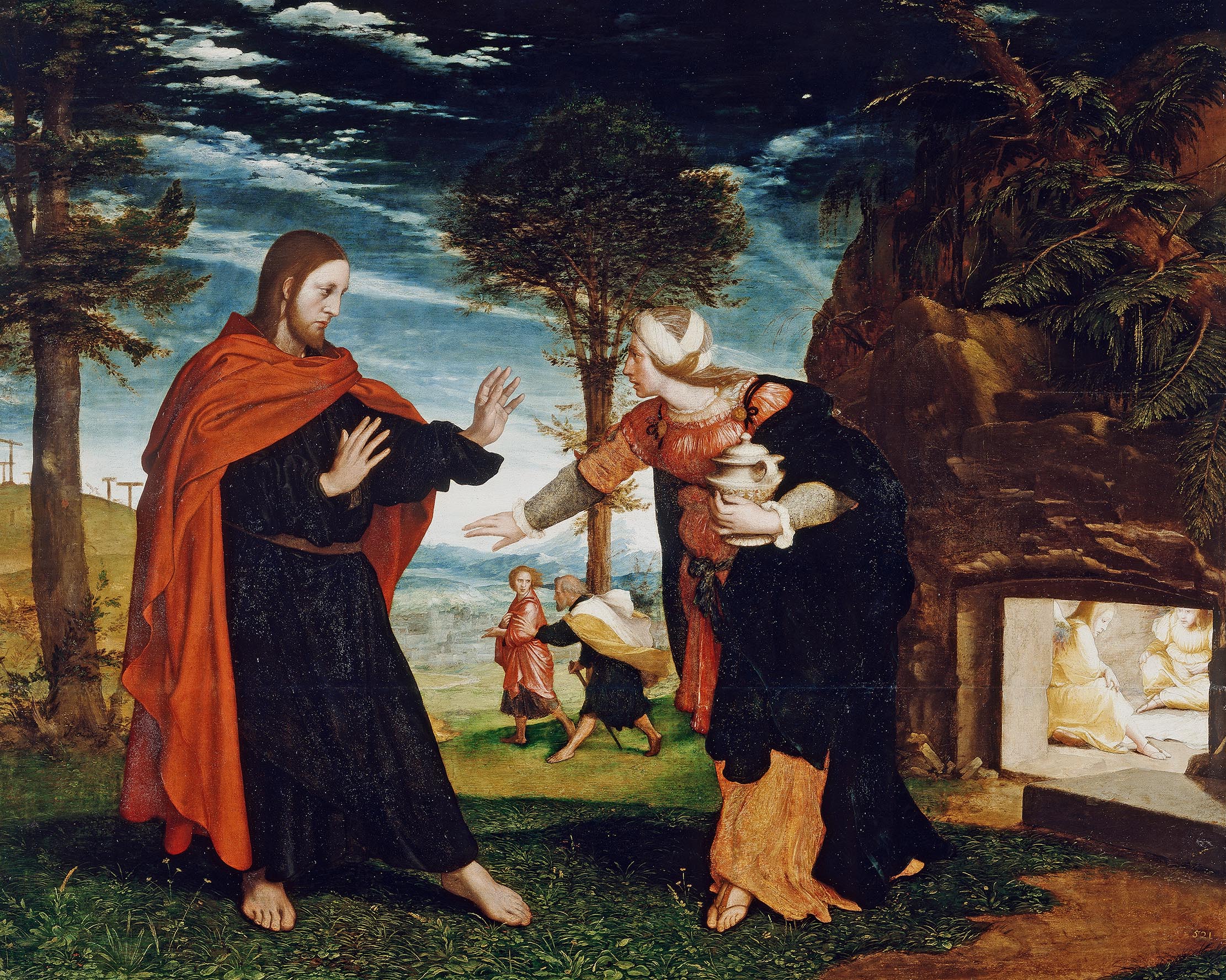
My favourite painting: Frances Spalding
Art critic and historian Frances Spalding chooses an unusual work by Hans Holbein the Younger.
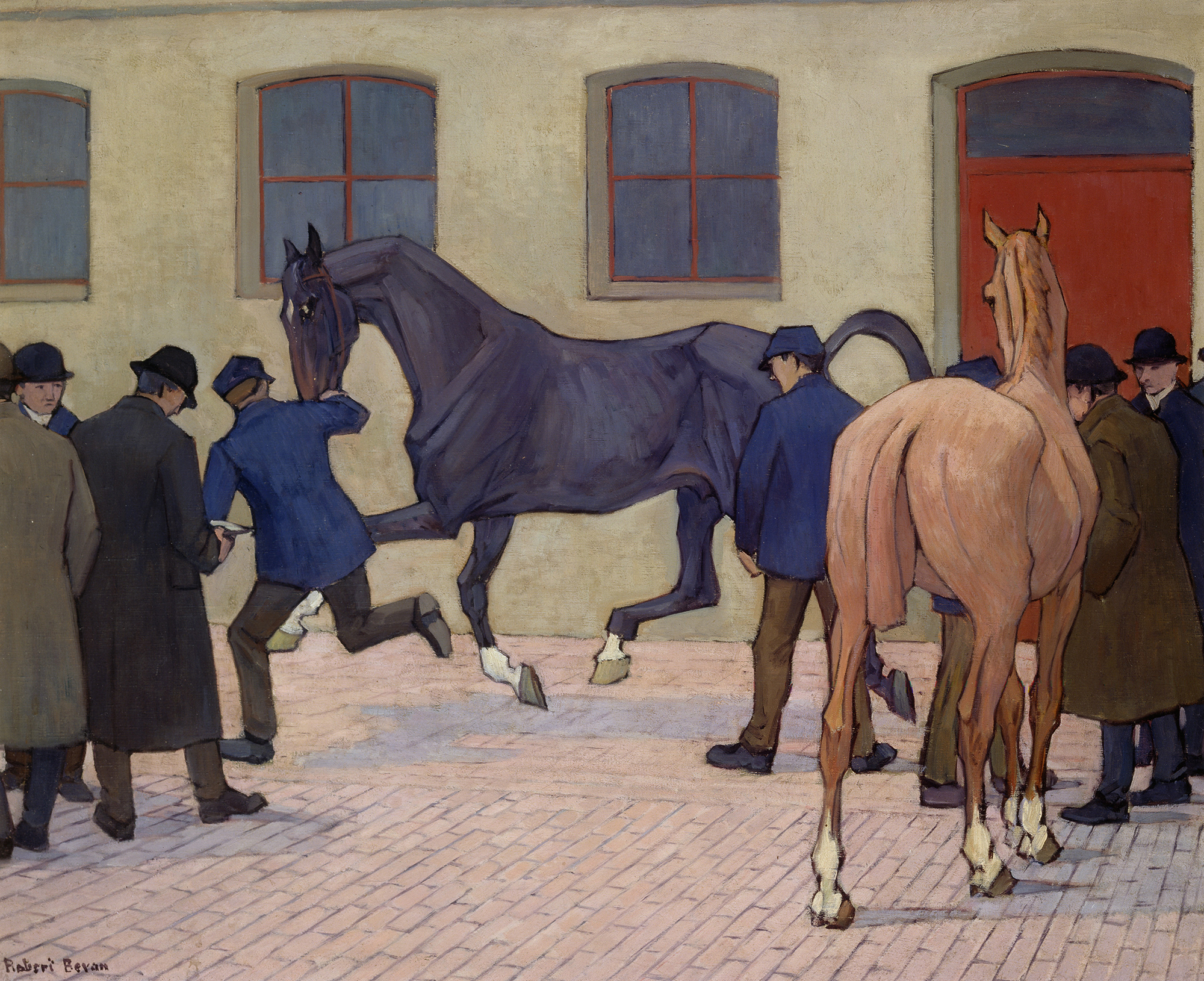
My Favourite Painting: Martin St Quinton
The chairman of Cheltenham Racecourse picks a classic image from the equestrian world.

Charlotte Mullins is an art critic, writer and broadcaster. Her latest book, The Art Isles: A 15,000 year story of art in the British Isles, will be published by Yale University Press in October 2025.
-
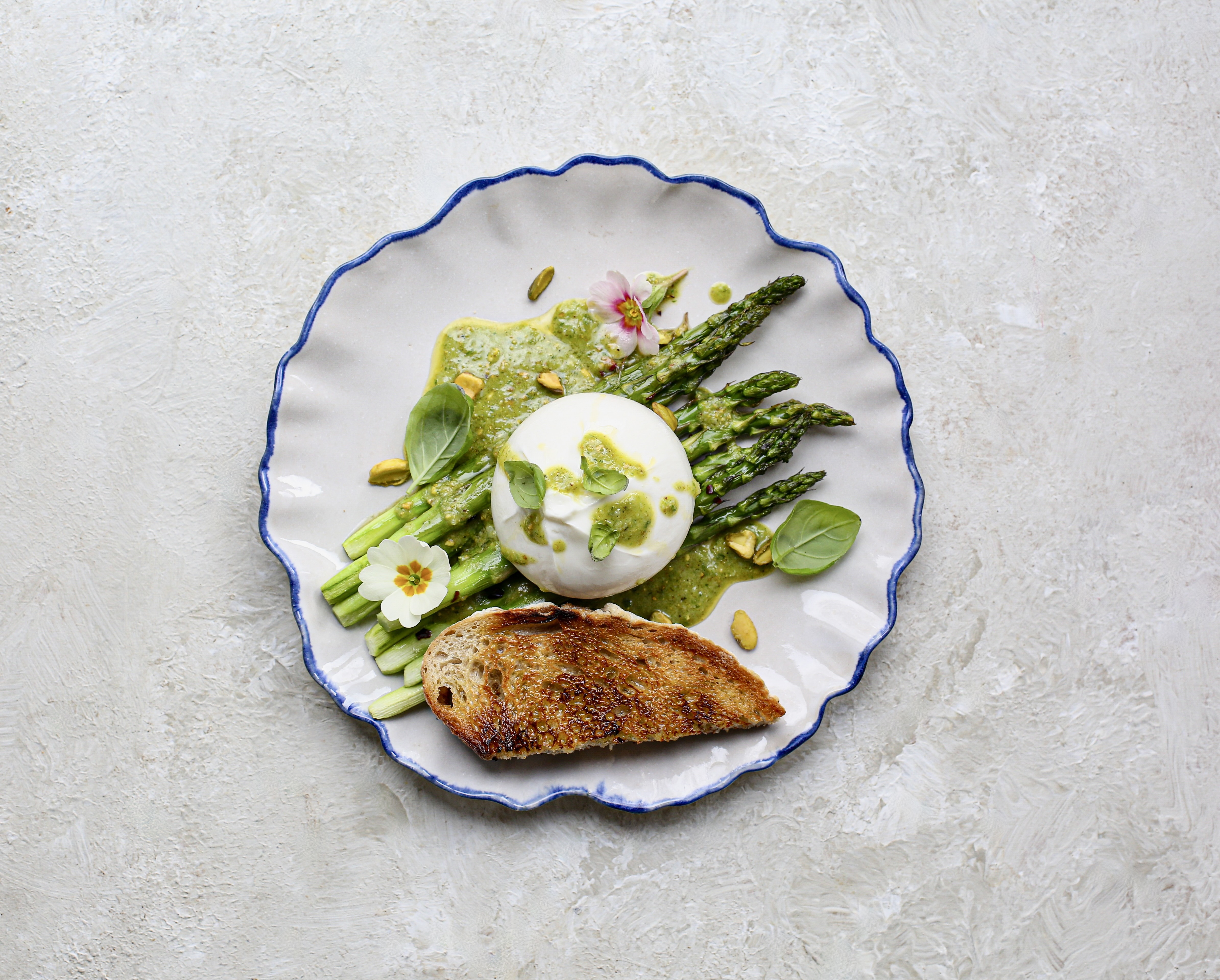 Two quick and easy seasonal asparagus recipes to try this Easter Weekend
Two quick and easy seasonal asparagus recipes to try this Easter WeekendAsparagus has royal roots — it was once a favourite of Madame de Pompadour.
By Melanie Johnson
-
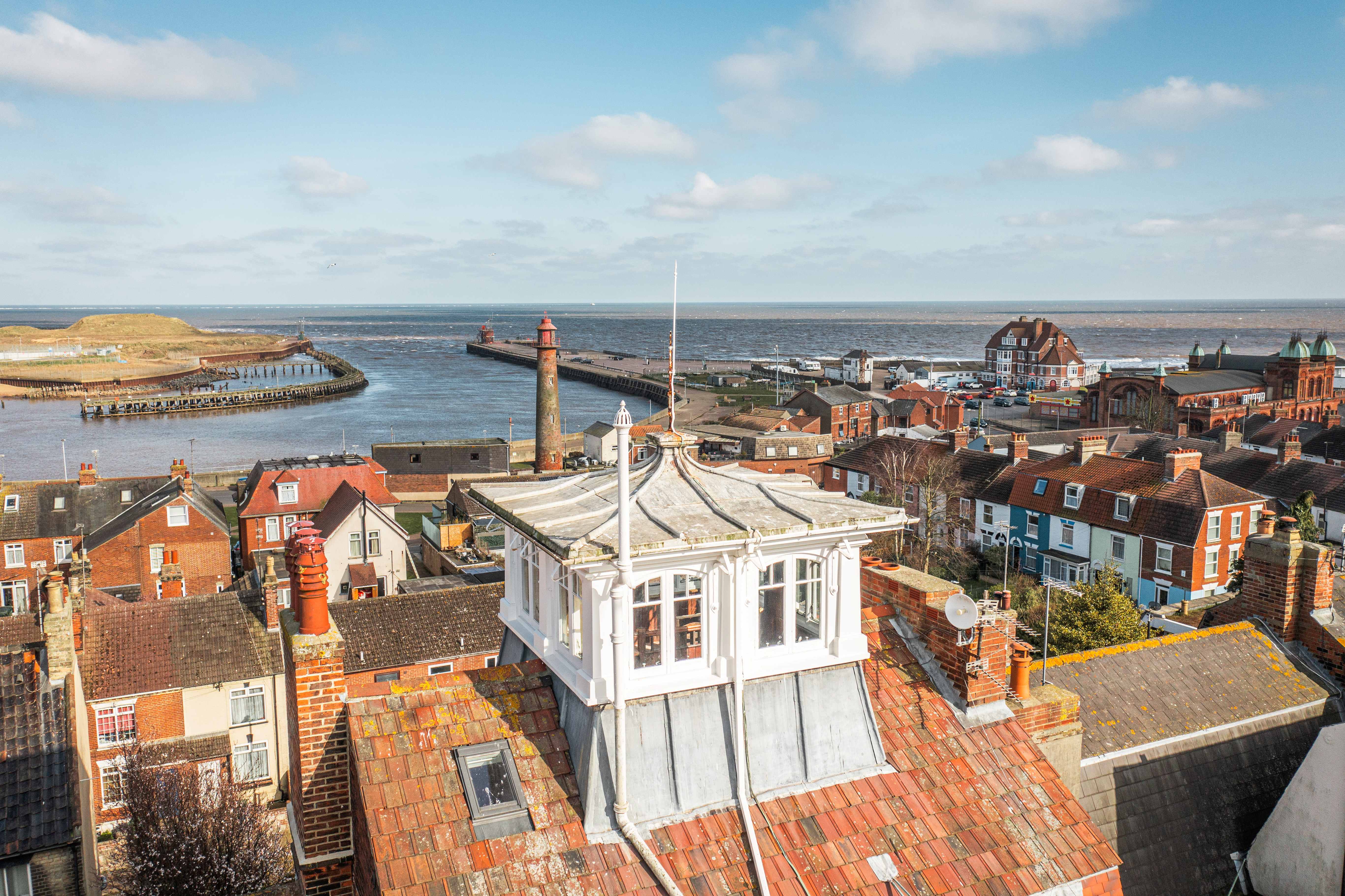 Sip tea and laugh at your neighbours in this seaside Norfolk home with a watchtower
Sip tea and laugh at your neighbours in this seaside Norfolk home with a watchtowerOn Cliff Hill in Gorleston, one home is taller than all the others. It could be yours.
By James Fisher